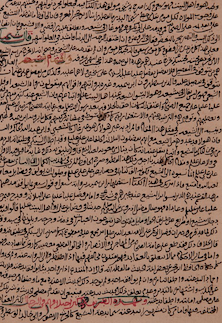Michael Dann

In this book, Professor Dann explores the phenomenon of Sunni-Shi’ite ambiguity over time through the lens of the lives, literary contributions and posthumous reception of Shi’ites who made indispensable contributions to the Sunni hadith tradition. Active chiefly in the eighth and ninth centuries when sectarian boundaries had not yet crystallized, these narrators embodied the full range of potential Shi’ite orientations, ranging from central fixtures of proto-Sunni traditionalist milieus who were tinged by Shi’ite sentiments, to architects of nascent Zaydi and Imami sectarian identities, to “extremists” condemned as heretics by their contemporaries. As sectarian boundaries crystallized in the ninth and tenth centuries and the canonical hadith collections of Sunnis and Shi’ites took shape, authors from both sects bifurcated the literary contributions of these narrators in their works, incorporating those elements that supported their respective visions of orthodoxy and ignoring or suppressing those that challenged them.
Beginning in the fifteenth century, the ambiguous legacy of these narrators became a fertile site for the continual renegotiation of sectarian boundaries in biographical and polemical genres. Ranging from Sunnīs writing in fifteenth century Syria, to Zaydi Shi’ites writing in seventeenth century Yemen, to Imami Shi’ites writing in eighteenth century India, to authors of all three sects throughout the contemporary Muslim world, scholars have recast the significance of these narrators in a diverse array of efforts to maintain, dissolve, challenge and reconfigure inherited sectarian boundaries.
